Michael Levin and colleagues’ study featured in the New York Times.
Catrin Einhorn reported from the New York times. SEE FULL STORY HERE.
The Planet Needs Solar Power. Can We Build It Without Harming Nature?
Today’s decisions about how and where to set up new energy projects will reverberate for generations.
“If you start with a site that has really no conservation value — it’s cleared, it’s degraded, whatever — then everything you do at that point is a win,” said Liz Kalies, an ecologist who studies clean energy for the Nature Conservancy and works in North Carolina, where forests have been felled to make way for solar.
Pollinators like bees, for example, can benefit from solar facilities that replace crops treated with pesticides, especially when the new installations include native species (nearby crops can benefit, too). In Kentucky, a solar farm is going up at the site of a former coal mine.
All kinds of energy development exact a toll on all kinds of plants and animals.
Oil and natural gas reduce habitat and can cause pollution, including catastrophic spills. They also drive climate change, which is expected to replace habitat loss as the leading threat to the world’s biodiversity in future decades.
Wind turbines come with bird and bat collisions, though many of those deaths can be minimized, and the infrastructure doesn’t take up much space. Anecdotes abound of elk and pronghorn strolling around turbines or napping in their shade.
Solar farms need a lot more land per unit of energy. While they’re projected to take up a tiny fraction of the area dedicated to agriculture, they come on top of that, and on top of land occupied by cities, towns, roads and all kinds of industries.
Up to a third of potential solar development in the United States could overlap with areas that have high value for wildlife movement, according to one study, as animals move to adapt to climate change. (Rooftop and other small-scale solar can go a long way to taking pressure off big installations, but U.S. energy demand would still require a surge in large-scale projects.)
“Up to a third of potential solar development in the United States could overlap with areas that have high value for wildlife movement, according to one study, as animals move to adapt to climate change.”
